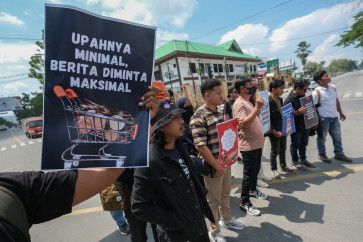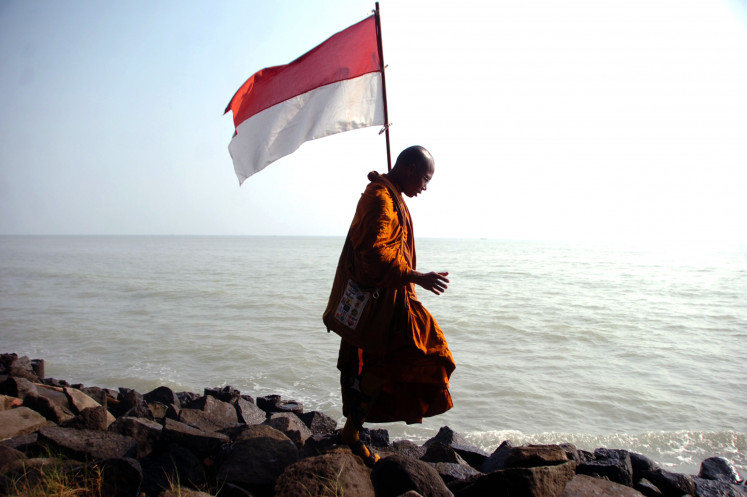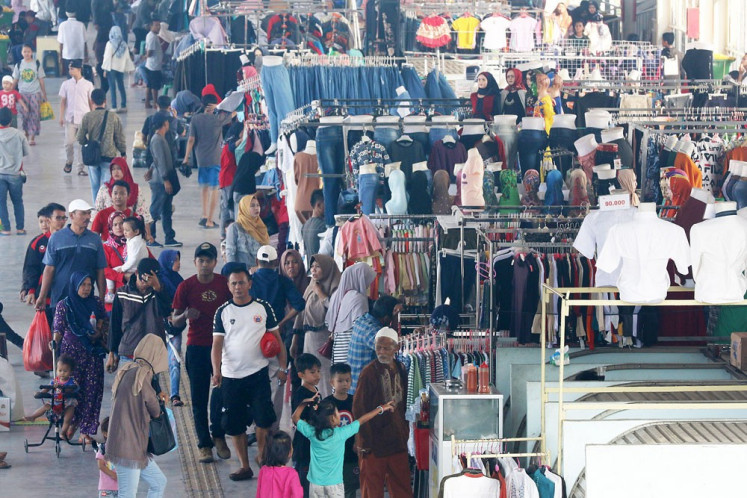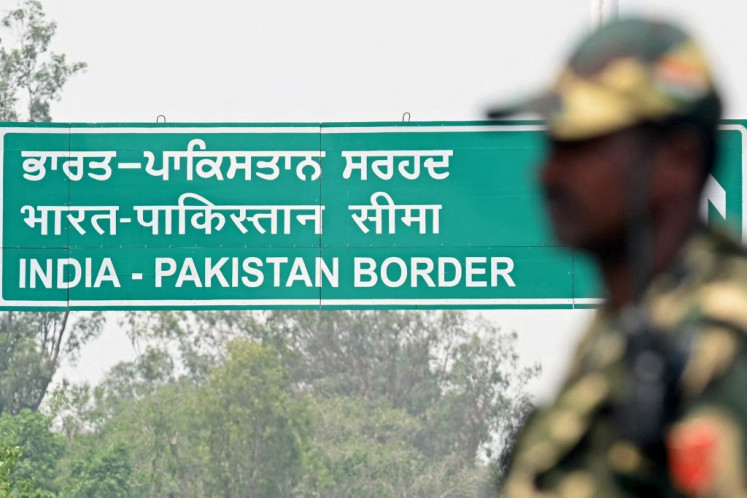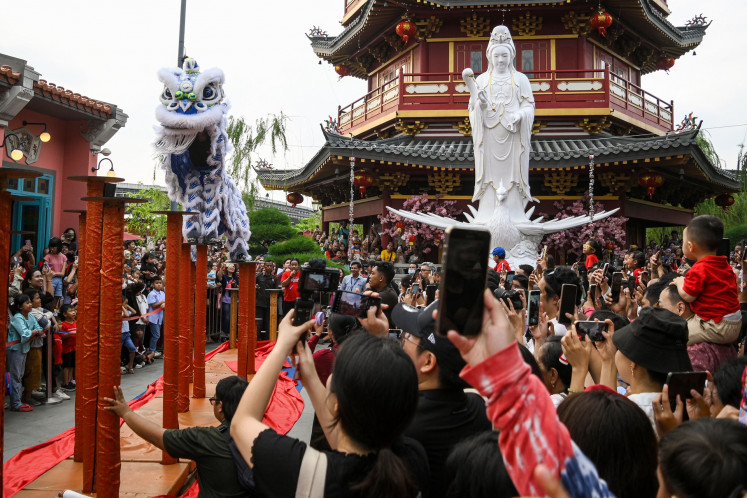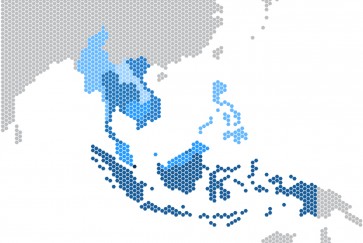Indo-Pacific regionalism rises, may need new name
Change text size
Gift Premium Articles
to Anyone
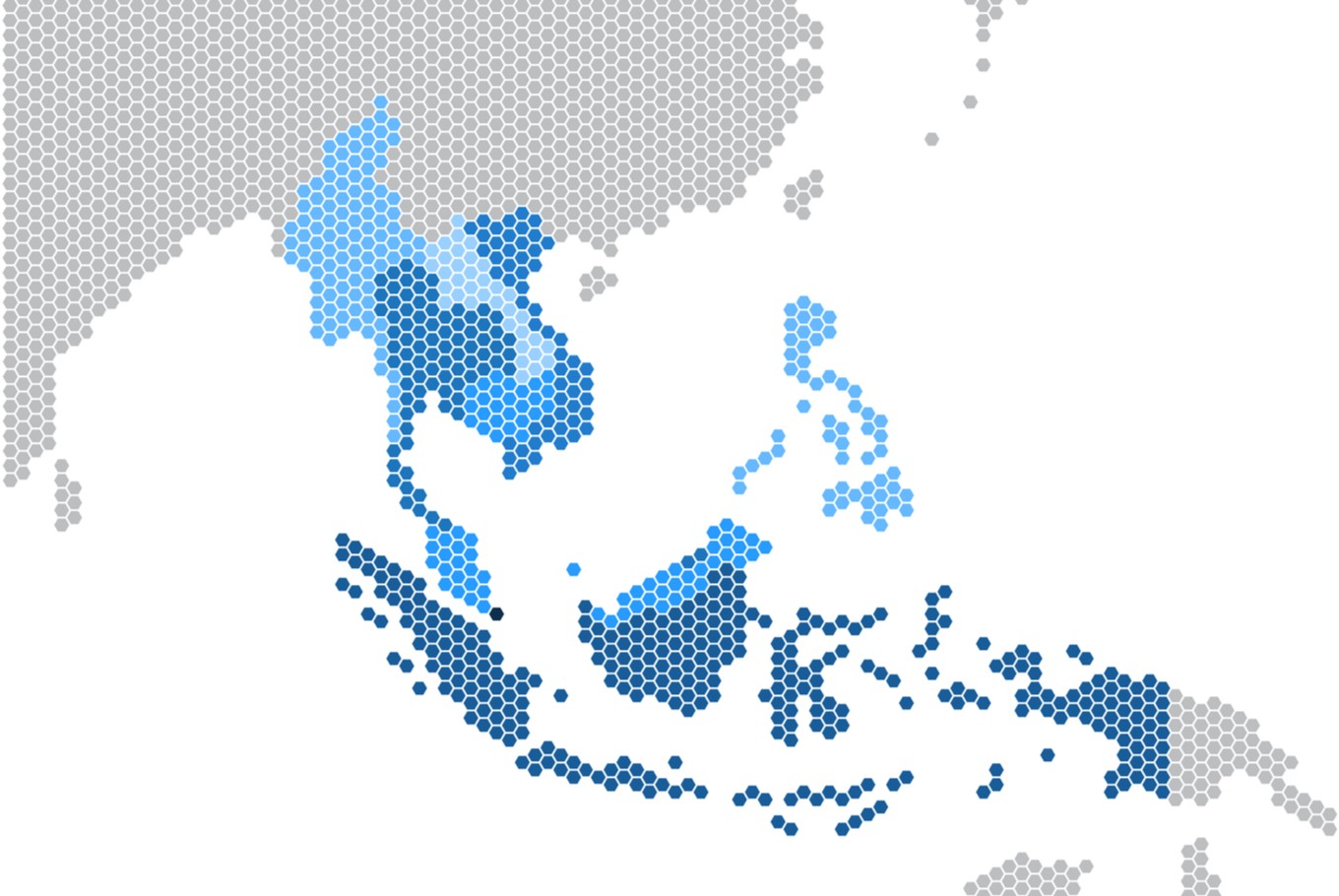 ASEAN must understand that its future, economically and militarily, will also depend on stability in the Indo-Pacific region. (Shutterstock/File)
ASEAN must understand that its future, economically and militarily, will also depend on stability in the Indo-Pacific region. (Shutterstock/File)
A
SEAN is making significant progress in deliberating over the new regional Indo-Pacific architecture, but the bigger challenge is yet to come: convincing the big powers, particularly China and the United States, to come on board.
Also, there is an unresolved issue with the term “Indo-Pacific”, with China harboring suspicions that it is part of a containment policy against its rise in the region and the world. The “Indo-Pacific Outlook” concept paper, drafted by Indonesia, provides the 10-member ASEAN the intellectual leadership to discuss the future of the wide region that is already becoming the main driving force of the global economy.
Several countries have developed their own ideas, proposals and terminology with their own perspectives. Japan has the Free and Open Indo-Pacific Strategy (FOIP) and India its Security and Growth for All in the Region (SAGAR). Also, the US has expanded its Pacific military command to encompass both oceans to become the US Indo-Pacific Command (USINDOPACOM) and Russia has proposed the name “Indo-Asia Pacific” to ensure it is not excluded from the emerging regional architecture.
The ASEAN concept is not an attempt to blend all these different ideas into one single concept, but rather it has its own proposals and ideas that are often different from others.


